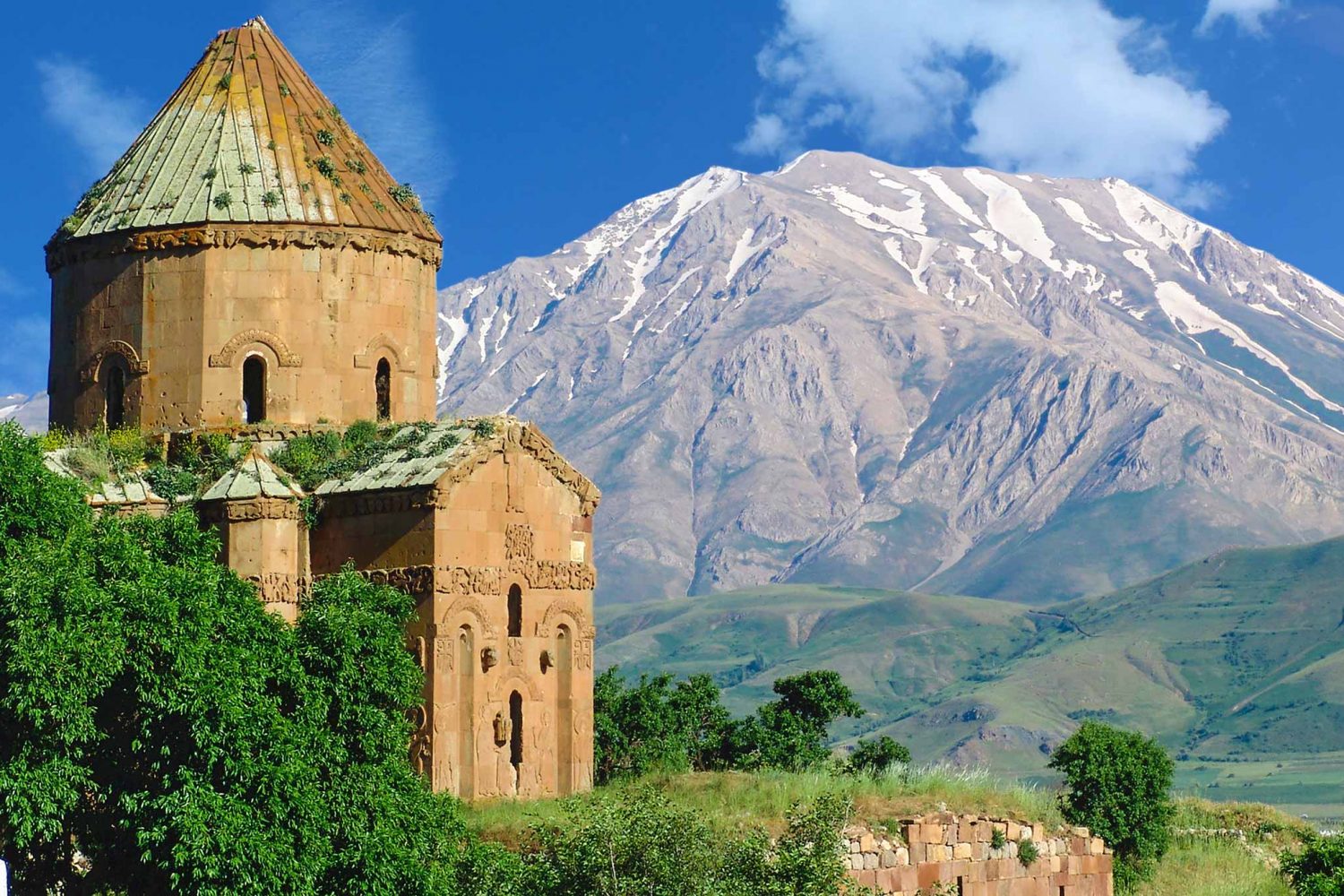Urartu, also known as the Kingdom of Urartu or the Kingdom of Van, was an ancient kingdom that existed from the 9th century BCE to the 6th century BCE. It was located in the Armenian Highlands, encompassing parts of present-day eastern Turkey, Armenia, and northwestern Iran. Here is an overview of the history of Urartu:
Rise of Urartu: The origins of Urartu can be traced back to the 13th century BCE when small states began to emerge in the region. These states gradually united under the rulers of the city of Urartu, establishing a centralized kingdom.
Expansion and Territorial Control: During the 9th and 8th centuries BCE, Urartu expanded its territory through military conquests. It established control over vast regions, including the Armenian Highlands, Lake Van Basin, parts of Mesopotamia, and the southern Caucasus.
Capital and Administration: The capital of Urartu was the city of Tushpa (later renamed Van) located near Lake Van. The kingdom developed a sophisticated administrative system with a central government, provincial governors, and an extensive network of fortresses and citadels.
Strong Military and Infrastructure: Urartu had a well-organized military, characterized by its use of chariots, cavalry, and fortified cities. The kingdom also built impressive infrastructure, including irrigation systems, canals, and roads to support agriculture, trade, and communication.
Cultural and Architectural Achievements: Urartu is known for its distinct artistic and architectural style. The kingdom built monumental structures, including palaces, temples, and fortresses, with intricate stone carvings and reliefs depicting scenes from daily life, mythology, and religious beliefs.
Decline and Fall: The decline of Urartu began in the 7th century BCE due to a combination of factors, including external invasions, internal conflicts, and natural disasters. The Assyrians and other regional powers took advantage of Urartu’s weakened state and gradually conquered its territories. By the 6th century BCE, the Kingdom of Urartu ceased to exist.
Legacy: Despite its eventual downfall, Urartu left a significant cultural and historical legacy. Its art, architecture, and inscriptions provide valuable insights into the ancient civilization of the region. The kingdom’s influence also played a role in shaping the subsequent cultures and states in the region, including the Armenian civilization.
The history of Urartu is a fascinating chapter in the ancient Near East, and ongoing archaeological excavations and research continue to shed light on this enigmatic kingdom.





